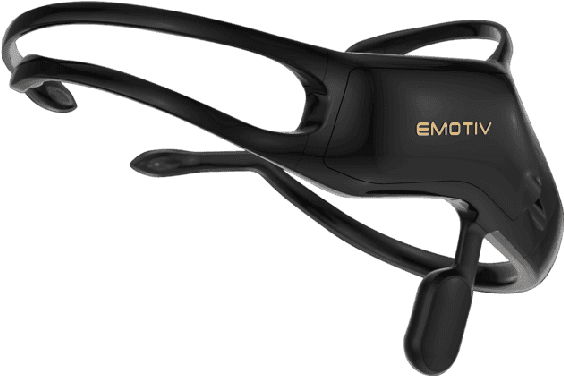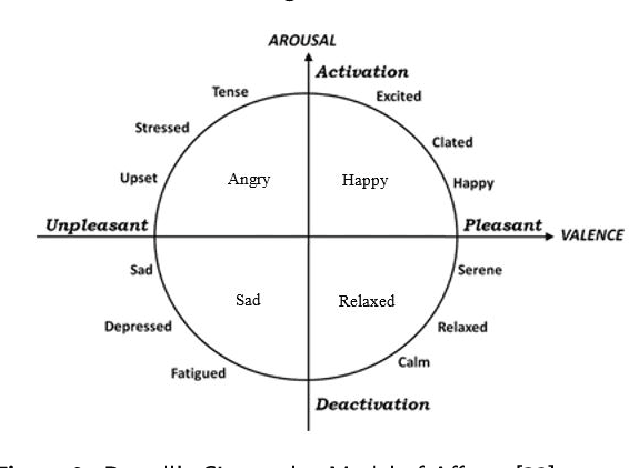Francesco Borg Bonello
Real-time EEG-based Emotion Recognition using Discrete Wavelet Transforms on Full and Reduced Channel Signals
Oct 11, 2021



Abstract:Real-time EEG-based Emotion Recognition (EEG-ER) with consumer-grade EEG devices involves classification of emotions using a reduced number of channels. These devices typically provide only four or five channels, unlike the high number of channels (32 or more) typically used in most current state-of-the-art research. In this work we propose to use Discrete Wavelet Transforms (DWT) to extract time-frequency domain features, and we use time-windows of a few seconds to perform EEG-ER classification. This technique can be used in real-time, as opposed to post-hoc on the full session data. We also apply baseline removal preprocessing, developed in prior research, to our proposed DWT Entropy and Energy features, which improves classification accuracy significantly. We consider two different classifier architectures, a 3D Convolutional Neural Network (3D CNN) and a Support Vector Machine (SVM). We evaluate both models on subject-independent and subject dependent setups to classify the Valence and Arousal dimensions of an individual's emotional state. We test them on both the full 32-channel data provided by the DEAP dataset, and also a reduced 5-channel extract of the same dataset. The SVM model performs best on all the presented scenarios, achieving an accuracy of 95.32% on Valence and 95.68% on Arousal for the full 32-channel subject-dependent case, beating prior real-time EEG-ER subject-dependent benchmarks. On the subject-independent case an accuracy of 80.70% on Valence and 81.41% on Arousal was also obtained. Reducing the input data to 5 channels only degrades the accuracy by an average of 3.54% across all scenarios, making this model appropriate for use with more accessible low-end EEG devices.
 Add to Chrome
Add to Chrome Add to Firefox
Add to Firefox Add to Edge
Add to Edge